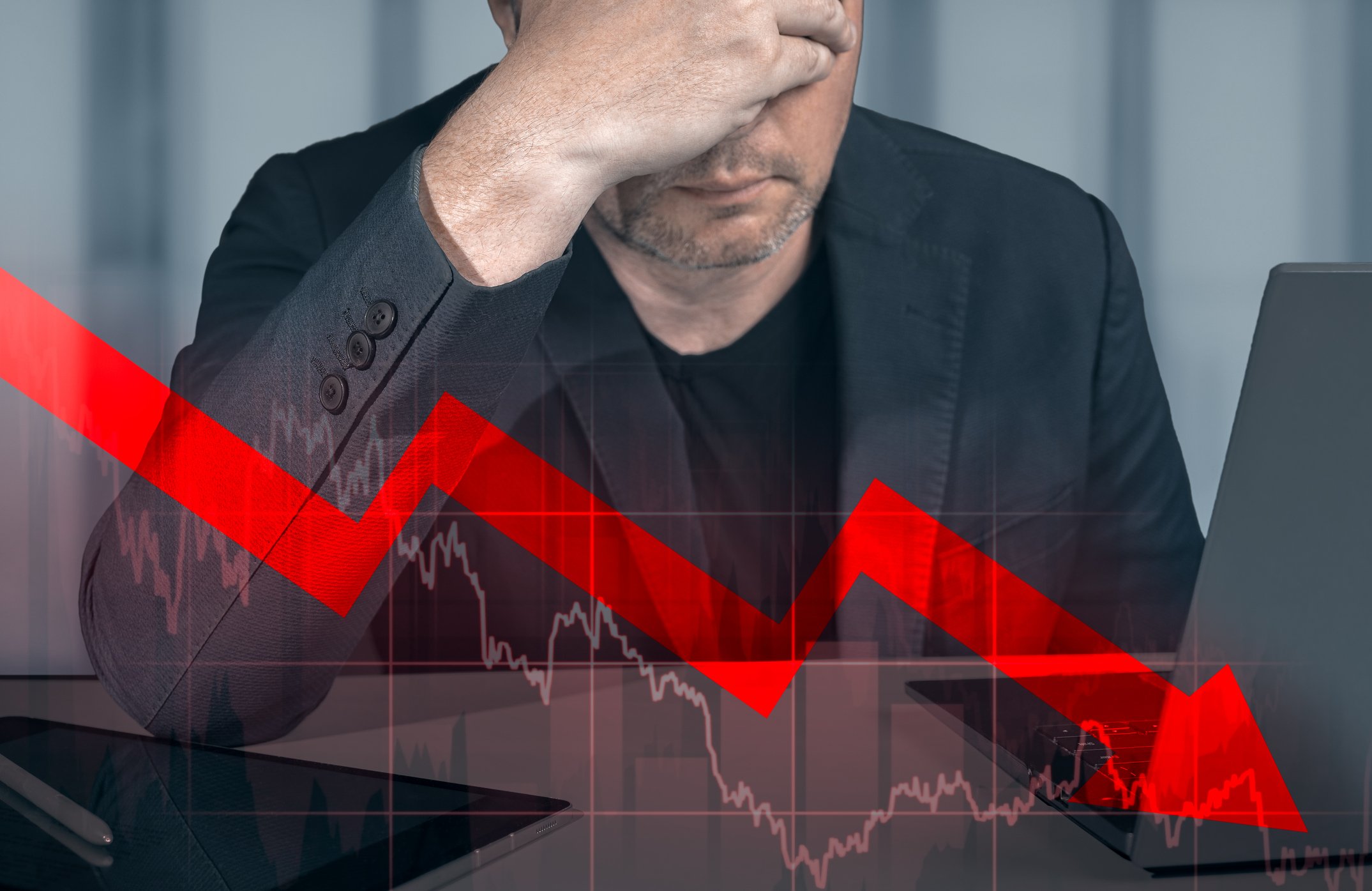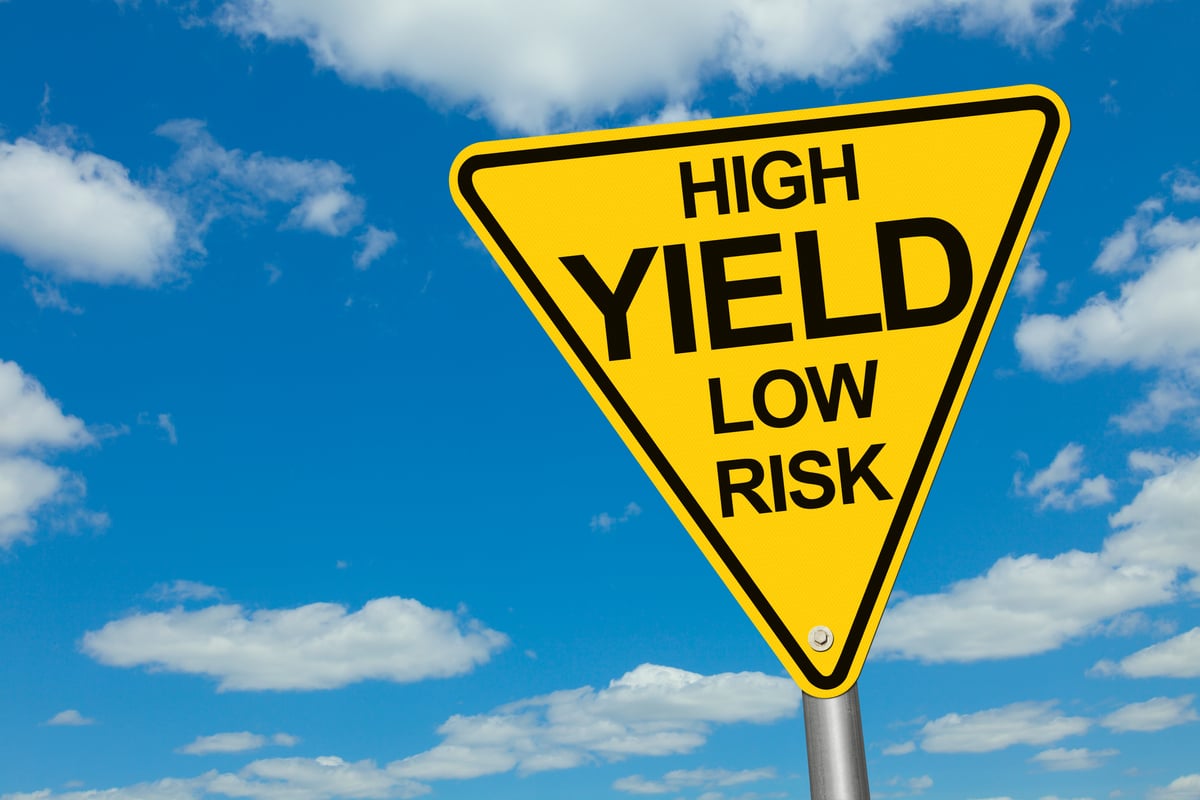
Image source: Flickr user Bark.
If you're fed up with high drug prices in the United States, then you may want to get an anger management ball or something to punch before reading any further.
This packaging issue is costing the U.S. billions
According to a study conducted by five researchers -- four of whom reside at Memorial Sloan Kettering Cancer Center in New York -- and released this week in BMJ (previously the British Medical Journal), a simple production choice made by cancer drug manufacturers is costing the U.S. healthcare system roughly $3 billion per year.
The researchers examined 20 of the best-selling cancer drugs in the U.S. and found that 18 of them are sold in just single-dose or two-dose vials. In many instances (93%, according to researchers), these vials are designed to treat patients of a very specific height and weight combination. However, most cancer patients don't match those dimensions, meaning they need different doses -- either more or less.
Cancer medications have to be measured out by nurses and doctors with precision, and what's left over in these small vials is not easily saved for the patient's next round of therapy, nor given to the next patient to come along needing that drug. Instead, the excess medicine is usually discarded. This wasted medicine, which researchers estimate equals about 10% of cancer drugs purchased annually, has a value of approximately $1.84 billion.
But that's not all. Researchers believe the mark-ups billed by hospitals and doctors in order to account for discarded medicines will "almost certainly exceed $1 [billion] in 2016." Researchers note the mark-up for Medicare is set by Congress at 6% but is currently only running at 4%. However, for commercial insurance companies, the mark-ups to doctors and hospitals are running at about 22% and 142%, respectively.

Image source: Flickr user Bryan Rosengrant.
The worst offenders
Curious which cancer drugs are leading to the most waste? It depends on whether we're talking in terms of dollars or percentages of doses wasted.
Based on 2016 revenue projections, the annual waste in dollar terms is expected to be the most egregious for these five cancer drugs:
- Velcade: $308.7 million
- Avastin: $284.5 million
- Rituxan: $253.9 million
- Kyprolis: $231.5 million
- Keytruda: $197.9 million
In terms of the percentage of drug left over when doctors only use full vials, these are the worst offenders:
- Kyprolis: 37% unused
- Velcade: 30% unused
- Keytruda: 24% unused
- Jevtana: 23% unused
- Neupogen: 17% unused
Note the big three that appear on both lists: Takeda Pharmaceutical's (NASDAQOTH: TKPYY) Velcade, Amgen's (AMGN +0.03%) Kyprolis, and Merck's (MRK 1.27%) cancer immunotherapy Keytruda. Both Velcade and Kyprolis are multiple myeloma medications.
Amgen's Kyprolis is dosed in a 60 mg vial, yet the typical patient only requires 34 mg, leading to 26 mg of waste. When all is said and done, of the nearly $700 million worth of Kyprolis expected to be sold in the U.S. sales in 2016, $231.5 million worth will go to waste.
Similarly, Takeda sells Velcade only in 3.5 mg vials. However, the typical Velcade patient requires just a 2.2 mg dose, leading to 1.3 mg in excess. In terms of leftover medication, more than $308 million worth of sold Velcade is expected to be thrown away in 2016.

Image source: Merck & Co.
Yet Merck might be the most frustrating offender of them all. The typical patient taking its cancer immunotherapy Keytruda, which is used in cases of metastatic melanoma and second-line non-small cell lung cancer with high PD-L1 expressing tumors, needs a 140 mg dose. However, Keytruda is sold only in 100 mg vials. When the drug was first approved, Merck did offer 50 mg vials, but it discontinued that size in February 2015 to make way for its 100 mg vial. Had Merck continued to produce the 50 mg vial, its leftover drug cost would have been closer to $33 million annually, as opposed to the $197.9 million that is projected to go to waste in 2016.
For what it's worth, chronic lymphocytic leukemia drug Treanda, which had the most vial choices at four, and cancer immunotherapy Opdivo, generated the least waste at 1% and 4% of a full vial, respectively.
This type of waste is not limited to cancer drugs. Nearly $500 million worth of Remicade, an anti-inflammatory, gets thrown away annually, according to The New York Times.
Drugmakers are not in Washington's good graces
This report comes at a bad time for drugmakers as Congress is taking a close look at the pricing practices for some well-known drug developers.
For example, Valeant Pharmaceuticals (VRX 2.20%), which is currently dealing with an earnings restatement and an SEC probe, is being questioned by Congress over its practice of buying therapies and radically marking up their prices without altering their formulations or manufacturing processes. Congress is specifically focusing on two cardiovascular products, Isuprel and Nitropress. Valeant bought those drugs in February 2015, then hiked their prices by 525% and 212%, respectively.

Image source: Pixabay.
It was this type of price-gauging that prompted Democratic presidential front-runner Hillary Clinton to propose a prescription drug reform plan last year that would effectively reduce the pricing power of drug developers. Clinton proposed using the might of the federal government to negotiate on behalf of Medicare, as well as capping monthly out-of-pocket expenses for consumers on select drugs. Although Clinton's proposal has yet to gain any traction on Capitol Hill, this latest report on drug waste from the Memorial Sloan Kettering Cancer Center could prove a tipping point.
In the meantime, if regulators chose to institute tougher production rules that emulate those of Europe, waste could presumably be reduced in a big way. Of course, that would also mean the elimination of millions in corporate sales and profits each year. Just imagine if Kyprolis were provided not in 60 mg vials, but in 40 mg vials, with an additional 10 mg vial option. The amount of wasted drug per treatment for the average patient would drop from 26 mg to 6 mg, and the healthcare system could save $178 million annually. Of course, that $178 million would, in theory, come out of Amgen's pockets.
The flip side to this is that boosting industrywide regulation could run the risk of reducing innovation or sending it to overseas markets. The U.S., in effect, subsidizes other markets around the world that don't have the financial means to pay as much for medicine. By charging more in the U.S., multinational drug developers can afford to charge less for drugs going to patients in emerging and underdeveloped markets. Take away the ability of drug developers to price their product at a robust margin within the U.S., and we could have an innovation exodus and a lack of treatments in underdeveloped markets.
Things certainly look as if they could get tricky sooner rather than later. Regulators, politicians, and consumers are fed up with rising prescription drug costs, and Big Pharma seems unwilling to back down. Whether you're an investor or interested consumer, the evolution of this debate is something you'll want to be paying attention to.








